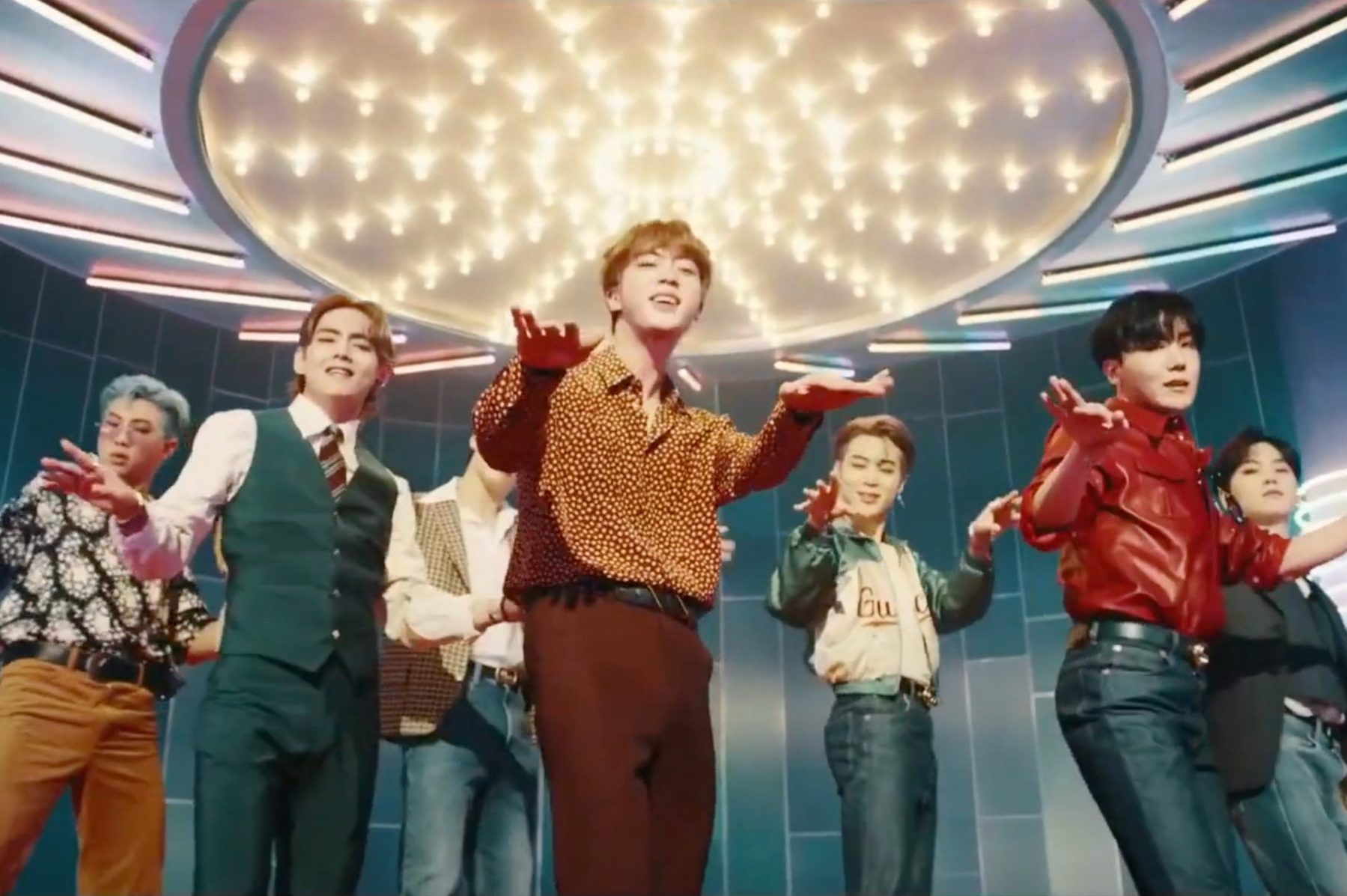Among the most popular media today, there is one genre that is always present: Korean pop music. Commonly called K-pop, this style of music has taken over the screens and earbuds of fans everywhere. With exciting new groups and comebacks from old favorites constantly emerging, these performers provide an endless stream of entertainment.
Their most popular work is their live performances on weekly television programs or award shows. Donning high fashion garb on complex sets, the groups sing and dance in perfect sync. These videos garner millions of views and have fans raving for years after.
But the hidden heroes of K-pop performances are the choreographers that create and coordinate the routines. Each group presents unique challenges: making the choreography match the group’s aesthetic, combining the work of multiple choreographers to make a cohesive dance, teaching the routine in a short amount of time and coordinating choreographers from all over the world. Here are a few groups and the choreography that makes them famous.
Dreamcatcher
The girl group Dreamcatcher attracts fans of both K-pop and rock music. Its seven members perform pop-rock songs full of angst and raw instrumentals. Since their debut in 2017, the girls’ performances show one of the struggles often found in K-pop choreography— their dances must match their music.
Obviously, the most popular dance moves for female Korean singers would not match lyrics like, “To put it simply, the killer that protects you / at the end of hell, we all pray together.” Instead, their choreographer has the challenge of making their movements edgy and impactful.
To do so in the hit song “Boca,” choreographer Hwang Soo-yeon creates big, hard-hitting movements that portray aggression throughout the K-pop choreography. She also uses a claw motif, apparent when the group sings “Boca” and creates a monster-like jaw with their hands. Hwang’s awareness of the group’s aesthetic and musicality helps make performances of “Boca” fan favorites.
Itzy
Most groups take years to make it big in the Korean music industry. The five-member hyper-pop group Itzy, however, did it in months. With their inspirational lyrics and fun funk sound, the girls gained fans by the millions. Among their most lauded skills is their dancing, which is choreographed very interestingly.
Itzy uses a medley of many choreographers’ works to produce their perfectly clean shows. They do this to optimize the choreography; the more brains they have giving them their best work, the better their pieces will turn out.
For their hit song “Wannabe,” Itzy’s management reached out to four choreographers: Lia Kim, Brian Friedman, Leejung Lee and Yumeki Kenaka. The process of mixing all their work is cutthroat, because as much as an entire verse — or as little as one move — could make it into the final choreography. Friedman, a choreographer who won an award for his work with Britney Spears, only landed one move from his take on the song in the final piece.
Blackpink
Other groups, like Blackpink, find one choreographer and work with them for every song. In the hit girl group’s case, that choreographer is New Zealand native Kiel Tutin. The four-member powerhouse girl group is known for their strong femininity, a style Tutin perfected in his time competing with the award-winning Royal Family dance crew.
Tutin has choreographed almost every Blackpink dance since they debuted in 2016. It’s his trademark style that helped the group gain their current level of fame. The moves are sharp and strong, but still have a sensual femininity to them. What makes their performances even more impressive, though, is the fact that the group likely learned them based on a video.
As Tutin explains in his video documenting his choreographic process for “How You Like That,” artists often learn choreography from videos based on an in-house choreographer’s interpretation. This is because artists and choreographers are busy, so rather than fit together two busy schedules, entertainment companies opt to have their idols learn from videos. Even to professional dancers, learning such complex K-pop choreography from a visual recording is incredibly difficult.
BTS
If there’s one K-pop group people know these days, it’s BTS. The seven-member powerhouse has gained global fame, and the people who choreograph their hit dances reflect their global reach. Each song from the group seems to be choreographed by someone new, who is often from a different culture than BTS.
Released right as the group started to gain popularity, “Fire” is a fan favorite. The energetic and challenging dance was choreographed by dance power couple Keone and Mari Madrid. The pair is famous for their unique moves and are currently leaders in the Los Angeles dance community.
“Airplane pt. 2” is BTS’s Latin-inspired bop. For this cool, slower song, the group went to the “Queen of Swag,” aka Filipino choreographer Rie Hata. Her moves are centered around classic house grooves, making the seven performers look calm as they dance, deeply entrenched in the music
The boy band’s most unique choreography is Sergio Reis’s work on “Black Swan.” Originally from Brazil, Reis is now living in the Netherlands teaching contemporary hip-hop. This mash-up style of dance includes dancing contemporary movements to hip-hop songs with hip-hop musicality. Reis’s unique moves helped create a perfect dance to match “Black Swan.”
Obviously, there is often both a cultural and language gap between BTS and their choreographers. The fact that they were both able to create an impactful, entertaining and clean performance is incredibly impressive.
Conclusion
Despite K-pop’s popularity, these famous performers work extremely hard to maintain the caliber of their performance. Throughout the process of learning K-pop choreography, they face many challenges, from ensuring their dances match their aesthetic, to learning the dances from videos, to linking the work of multiple choreographers, and connecting with choreographers from all over the world. Some groups have to juggle all these challenges, and others have none of these issues at all.
Regardless, the complexity and entertainment value of K-pop performances is owed completely to their choreographers. These artists bravely take on the challenge of bringing the most popular songs today onto the stage. So the next time you watch K-pop choreography, give credit to the brains behind the brawn: their choreographers.

















